Believe - you will never be one! (13 photos)
Even the very best lonely person on the planet ground in the solitary confinement never will be one. Each of us, from the birth to death, hordes big accompany, average, small and invisible with a naked eye of microscopic beings...
You will never be lonely - parasites on your body, inside, viruses, bacteria - all this moves, lives, is twisted around you, in you, on your skin, in your hair round the clock. Always and everywhere...

We will begin about enough large individuals - louses. Share on head, clothes and pubic.
We will hurry to upset if you start now and you will tell - I have no such guests - on the planet any species of louses has infected more than two thirds of the population. Roughly telling every third in your environment carries on itself "guest". Louses live on the head, on eyebrows, on eyelashes, pleated clothes, on pubic hair. By the way - contrary to popular belief that louses live where insanitary conditions, we will note that the louse will choose the clean head quicker, than dirty, as t. to they don't love grease hair and dirty head skin

Very private guest in our dwellings. About 80% anyway faced bugs. They can be brought with clothes, furniture, bed linen, even, in certain cases, with products. Eat our blood

Joker
Registration: 19.01.14
Messages: 984
Helminths
Helminths is called the group of helminths who live in a human body, of animals and even plants, causing various diseases (helminthoses). Such parasites there are about 400 types, and everyone belong to a certain class. Classification of helminths defines type of a worm, and also the diseases caused by each of them.
Short classification:
"Flat worms" (trematoda)
Opistorkhiz – a dvuustka
Shistosoma
Paragonim
"Flat worms" (tsestoda)
Ekhinokokk
Wide lentets
"Roundworms" (nematodes)
Ascarid
Pinworm
Trikhinella
Hookworm
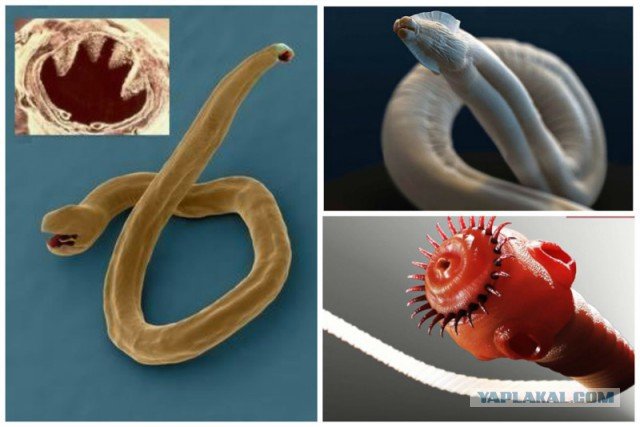
This or that type of helminths has infected more than 80% of the population of the planet. Each of us, during a certain period of time, was the carrier for one of them - worms, ascarids, any different worms and nematodes have surely visited your organism, and at most of people (at the having any pets parasites are present in 95% cases) live and are well constantly.
Itch
About 70% of the population are subject to itch. The scabby tick, though microscopic, but has high degree of transmissibility. It is explained by a short period of introduction of a scabby tick in skin of the person who makes only 15-20 minutes. It is very easy to catch him - transport, public institutions (cinema, theaters, etc.), beaches, hotels, any places with high attendance...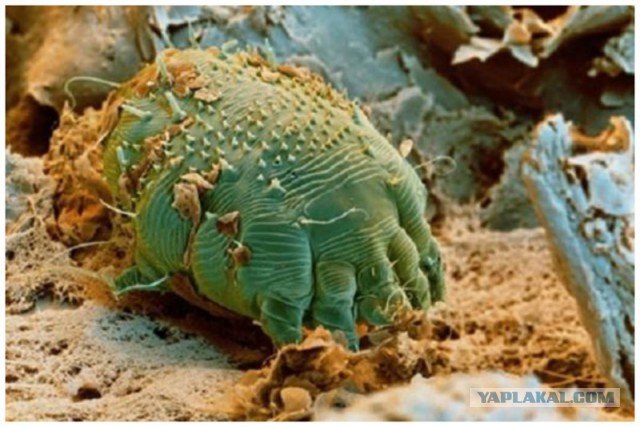
100% presence - dust pincers
Though they live in dust (bed linen, pillows, cases, clothes, carpets, furniture), every time when you touch their things, you stir up them, you sleep - you unite to these microscopic creations. Their myriads, always and everywhere...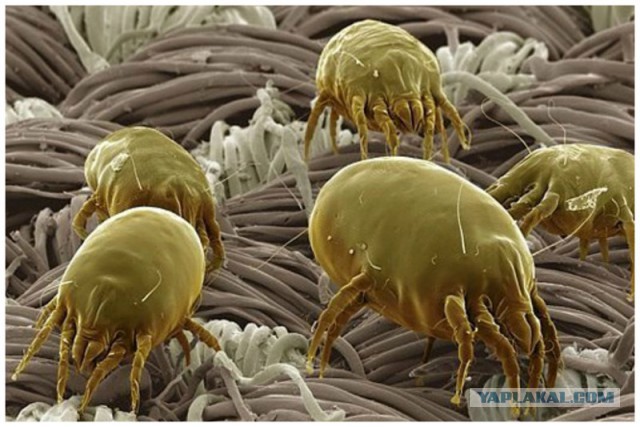
Two species of the ticks always living on skin - Demodecosis. Demodex brevis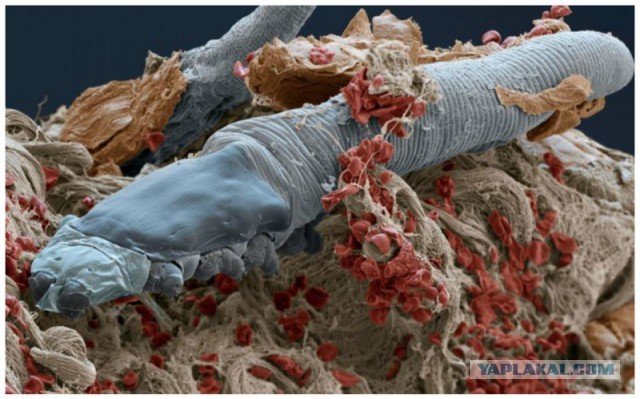 Demodex folliculorum
Demodex folliculorum
Ticks live always and on all, without exception, people of the planet. They are microscopically small and live on skin about hair a follicle and a time, eating the fat emitted by our sebaceous glands. Sharp increase in quantity of pincers (it is connected with a disease and the general weakening of an organism), leads to such disease as Demodecosis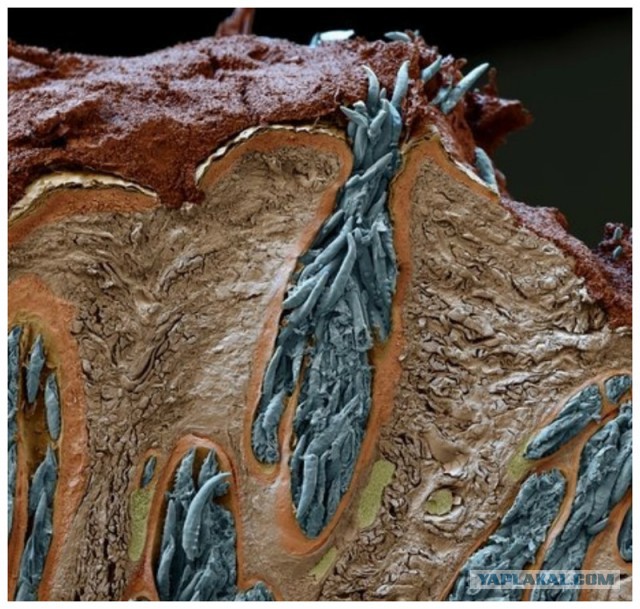 Bacteria
Bacteria
Always in our organism a heap of the bacteria which are living life - useful (for example for the aid to our digestion) and dangerous (different streptococci, staphylococcus, salmonellas, treponema, etc.). They are always - without our one organism will die, presence of others - will kill our organism. There is such epidersiya...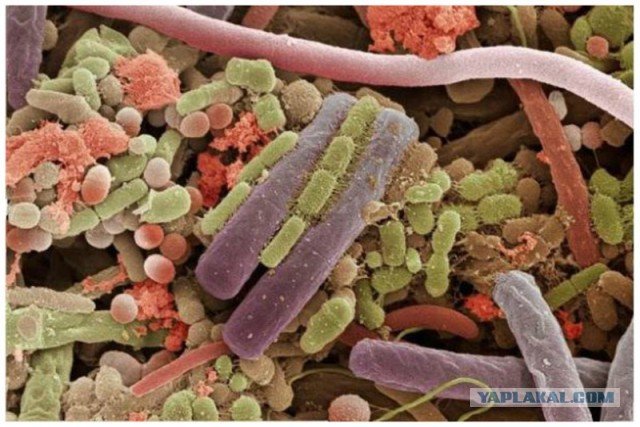
Protozoal organisms - the protozoa always living near us. Many lead to dangerous diseases though often the person can be only the carrier
The list of some diseases caused by protozoa
Amebic dysentery.
Chagas disease.
Coccidiosis.
Diarrhea (diarrhea).
Enteritis.
Keratitis.
Keratoconjunctivitis.
Malaria.
African tsetse-fly disease.
Pneumonia.
Toxoplasmosis.
Urethritis.
Vaginitis.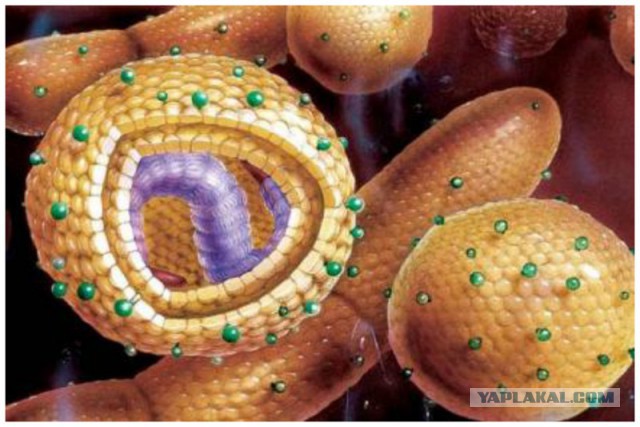
Mushrooms
At a human body there are always mushrooms leading exclusively parasitic life -
it is yeast, dimorphous mushrooms – in the nature they live a mold, in a human body – yeast; mold. By the way, more than 400 species of pathogenic mushrooms are capable to cause a disease under the general name - mycosis.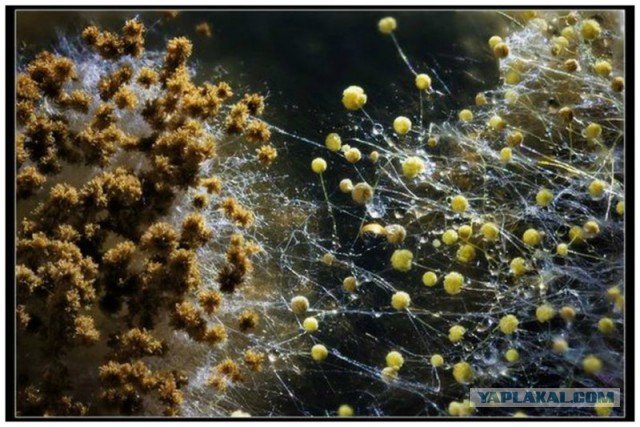
Microbes
It is established that about ten thousand species of microbes constantly live in an organism of the healthy person.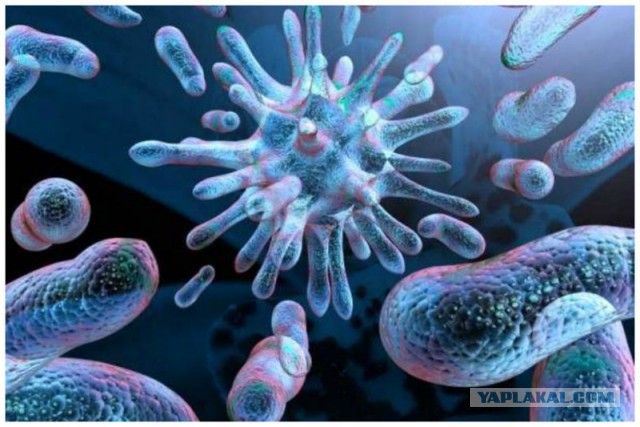
Scary, alien, and strangely beautiful.